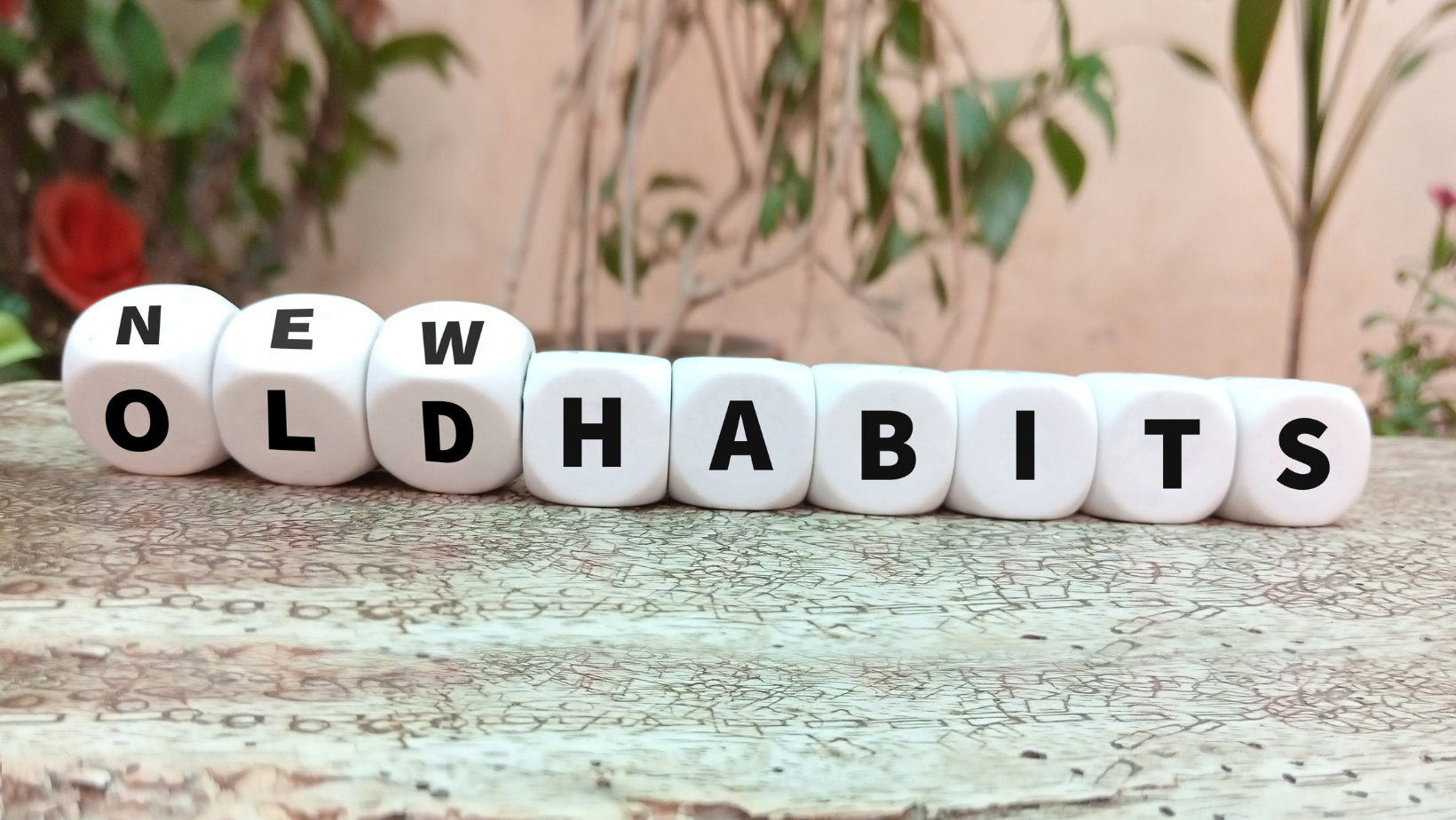Lasting Habit Change; Take 7-Steps to get there!

Updated July 28th 2023
In recent months, our blogs have been considering the 7-STEPS to learning and habit change. We now know there are 7 Steps or facets that need to be considered and applied in learning to make it addictive, to enable people to learn and for neural changes to take place in the brain to have lasting impact.
These are:
-
Imagine ‘Why?’
-
Motivation
-
Fun
-
Memory
-
Repetition
-
Feedback
-
Two-Way Street
Let’s take an example of when the 7 facets that are necessary for learning and brain change are not fully utilised (using a simple example that many of us will be able to identify with).
Visualise this; Liz wants to lose weight. She is aware she has put on weight, as she is not fitting into her clothes comfortably anymore and is feeling lethargic. Liz has booked a holiday leaving in 3 months and wishes to fit into the clothes and swimwear she wore two years ago on holiday. Since that holiday, she has put on approximately two stone, from not exercising and eating on the go (IMAGINE & MOTIVATION INTACT).
She commits to a gym membership and starts to go 3-4 times per week. She is measured and given an exercise regime. 1 month later her gym visits have dropped to 2 times per week as she has noticed no difference and the scales says she has put on weight. In reality she has strengthened up (muscle is heavier than fat but she doesn’t realise this). (REPETITION SUBOPTIMAL)
Also her gym visits have dropped to twice per week because she didn’t identify something that could be fun (she detests running on a treadmill, but she loves dancing), that might have been more fun for her as a mode of exercise (NO FUN).
Also, she did not ask the gym instructor to keep her motivated by agreeing to check in weekly to look at measurements, and track progress (FEEDBACK SUBOPTIMAL).
Liz is eventually going to the gym only once per week, as she can’t see any real time benefit of the exercise and is feeling more tired than before because she didn’t listen to, or implement the gym instructor’s advice on eating more vegetables, cutting out bread, drinking more water etc,. Additionally, she is not getting feedback from people around her telling her she is looking well. (REPETITION SUBOPTIMAL)
This regime is not hard and fastened as the right thing to do according to her mind and brain!
While running the 8th mile on the treadmill, Liz keeps thinking, ‘I don’t want to look awful on the beach’ instead of visualising herself ‘I am looking fantastic in my bikini’ (TWO-WAY STREET NOT INTACT).
Liz eventually stops going to gym (‘Falls off wagon’, and doesn’t get back on because she has no support and encouragement and does not have enough self-discipline) (MEMORY & FEEDBACK SUBOPTIMAL).
Liz goes on her holiday. Every day, she gets annoyed with herself that she didn’t keep up the exercise, and she feeds herself with more negative language (TWO-WAY STREET NOT INTACT).
Hopefully you can now see the 7 Steps coming to life.
There are 5 ingredients that create a foundation for these 7 Steps and depending on if they are in place will either support or hinder these 7 steps.
We are going to take you through these 5 ingredients in upcoming blogs so that you can actively apply and turn yourself and your learners into real addicts! Between now and our next installment, it’s time for you to reflect on what you eat, how much exercise you do, and how much sleep and relaxation you do or don’t get.
Back to Teams